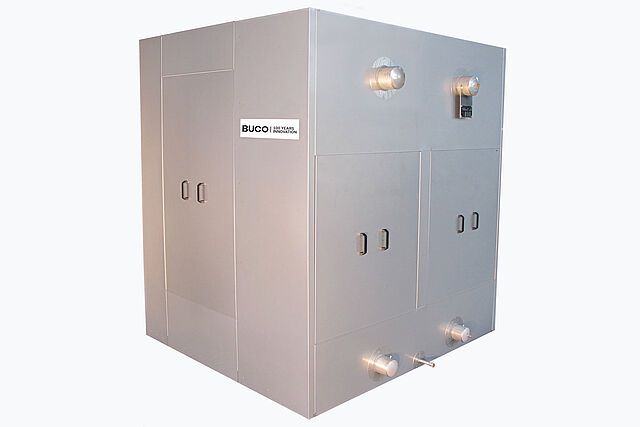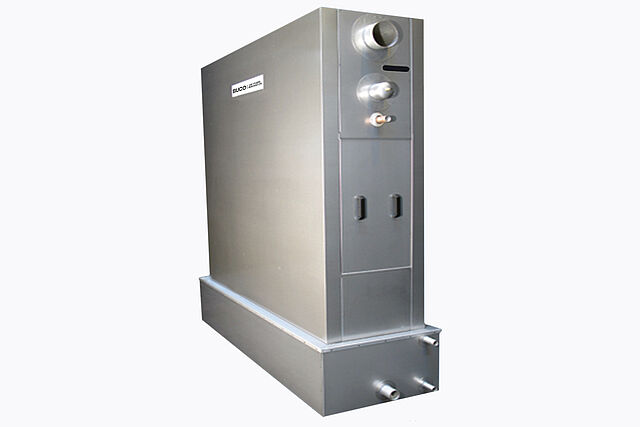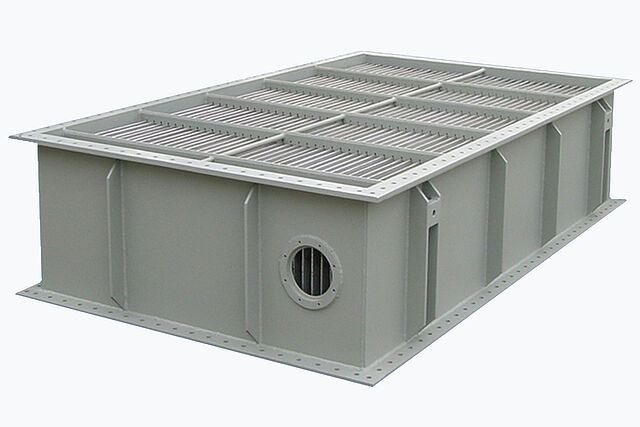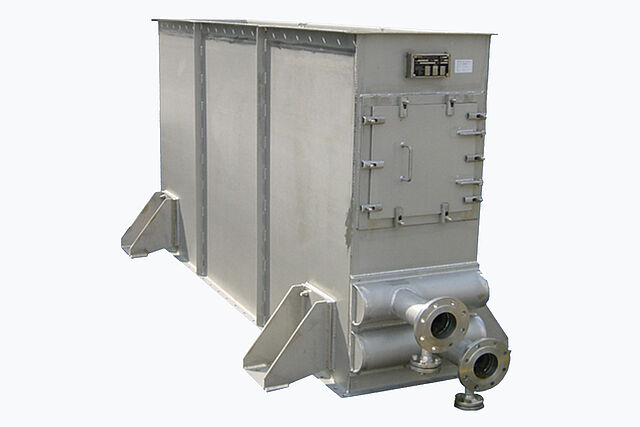
Cooling and heat recovery?
Heat recovery is a collective term for processes that allow the thermal energy of a mass flow leaving the process to be reused. In the simplest case, when there is relatively continuous heat release and absorption, a heat exchanger is sufficient; otherwise, a heat storage device, such as a regenerator, is also required for short-term heat storage.
The aim of heat recovery is to minimize primary energy requirements. In addition to energy-related needs, it also fulfills ecological demands.
Heat recovery can increase energy efficiency by 30% or more. This method can be used for gases and liquids in heating or cooling processes.
The heat recovery ratio indicates the ratio of transferred temperature to the temperature difference of the inlet media and is identical to the temperature exchange, efficiency, or change. The heat recovery ratio can be referred to the hot and cold sides. In the case of equal heat capacity flows, the values of both heat recovery ratios are equal in the sensible case.
High temperatures are required in many industrial processes. When cooling products, as well as the heated ambient air or other gases that are heated during the process, heat can be recovered. This heat can be reintroduced into the process recuperatively at low temperature levels (meaning that both fluids run in separate systems) or used for heating purposes. Furthermore, the heat can be converted into electrical energy. In some industrial processes, the mass flow leaving the process contains combustible gases, which can provide additional heat through their combustion.
In conclusion, there are many advantages to heat recovery, such as reducing the connection power [kW] for heating and cooling energy, decreasing energy consumption [kWh] for heating and cooling, reducing the size of refrigeration equipment, reducing investment and operating costs in other systems (e.g., heating, cooling), and reducing temperature differences.
In the case of cooling polluted liquids in the process of heat recovery or the use of a heat pump, we recommend an open, accessible at any time generating ice water unit, as to be a falling film chiller.
Waste water is heavily contaminated. Our BUCO falling film chiller with its cleaning option through smooth stainless steel surfaces, as well as possible cleaning during operation without loss of performance, is the ideal device for its application. Made entirely of stainless steel and with dimensions that can be adapted to the respective space conditions on site in terms of length, width and height, the BUCO falling film chiller is an unbeatable alternative in this heat recovery application. Powerful due to the high heat transfer coefficients (up to 2000 W/m² K) due to applications of heat recovery out of wastewater.
The following aspects should be emphasised in this regard:
- Falling film chiller as heat exchanger of the refrigeration technology for water cooling of the ice water down to 0.5 °C in the heat recovery.
- Waste water can also be used contaminated in our heat exchanger for heat recovery projects.
- Falling film chillers as heat exchangers in heat recovery projects are completely made of stainless steel.
- Waste water used for preheating, heating of fresh water as medium in a falling film chiller.
- Lowest refrigerant content of the heat exchangers as one of the main advantages.
- Safe oil recirculation of the heat exchanger system.
- Open, easily accessible evaporator system.
- Heat exchanger system is easy to inspect and clean.
- Use of existing tanks possible.
Our BUCO falling film chillers in use as heat pumps support you in saving energy, e.g. in the basic supply of housing estates. Rising energy costs are forcing local authorities to supply alternative forms of energy. Here, our falling film chillers offer an unbeatable alternative. Water is taken from nearby rivers or lakes as heat reservoirs by submersible pumps and passed over our falling film chillers. Here, the falling film chillers act as evaporators for the central heat pump system. Customers and process consultants appreciate the use of falling film chillers due to their flexibility with different volume flows and temperatures, robustness (no destruction by icing), easy cleanability of an open system, long service life due to the use of stainless steel and low control effort.



